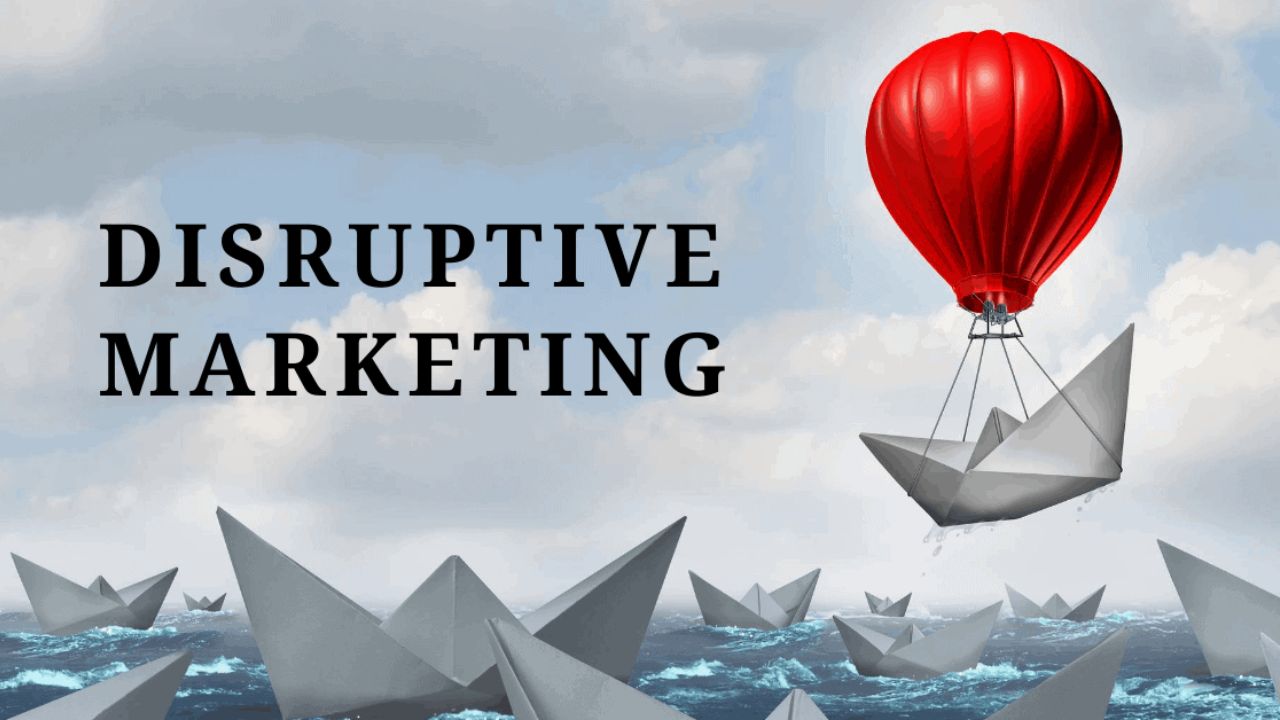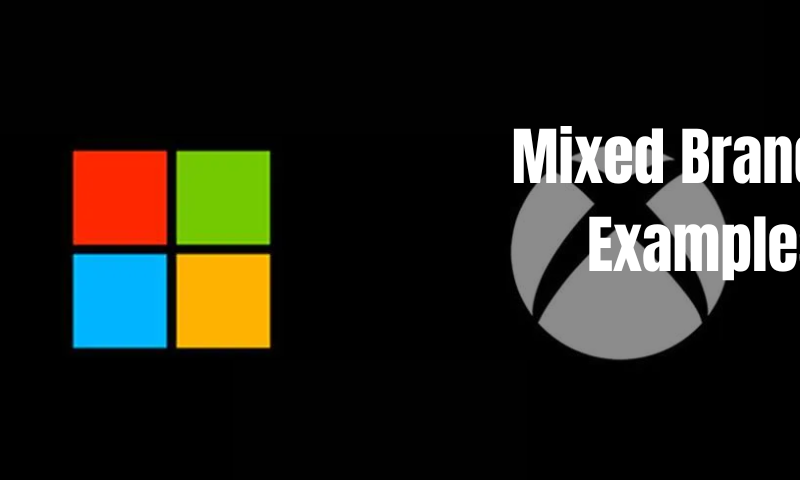
The Power of Disruptive Marketing
In today’s constantly evolving and changing world, traditional ways of doing things are on the verge of being obsolete. It is a given fact that sticking to anything for too long might lead to stagnation. Hence, change is always the way to go ahead.
Business is no different. The marketspace is constantly changing and hence, it is imperative that marketers adapt to the new ways as fast as possible. New technologies, as well as fast-changing customer expectations and attitudes, require new approaches in marketing. Therefore, disruptive marketing is one of the newbies that is beginning to gain popularity and should be considered among the marketing agencies.
Disruptive marketing uses experimental tactics to change how brands reach and market to their target audiences. Rather than following the “basics” or sticking to what brands know already works, they try new methods that people haven’t seen before.
Though disruptive marketing is a risky trial and error process, some of the tactics work and become great successes. Some even turn into mainstream or traditional marketing practices over time. But others fail, which is the nature of innovation. Disruptive marketing strategies usually come as a direct result of technological innovation. As we get new forms of communication, like social media or direct response channels, new avenues open up for marketing tactics nobody has ever used before.
Do you know that this form of marketing goes back centuries ago? Between the ninth and twelfth centuries, merchant traders began holding the first-ever trade fairs that disrupted the preceding norm in which trading was driven by interpersonal connections. In 1440, Johannes Gutenberg unveiled the first printing press, allowing businesses to place ads in locally distributed newsletters. Those ads were also early forms of disruptive marketing. It has been found that marketing disruption evolved slowly until the 1990s when we entered the digital era. Then, it began to explode, and the rest is history.
Now the question comes, how is it relevant? Disruptive marketing takes an innovative, novel approach to marketing products and services to new and existing audiences. It uses new channels, mediums, messages, and more to accomplish something not done before by other companies.
Because of this, disruptive marketing is also inherently risky, as mentioned before. There are no past examples to work from. Marketers have to look at what they do know and make informed predictions about what’s likely to resonate with audiences. It doesn’t sound like a cake walk now, does it? If disruptive marketing were easy, brands would do it all the time to get ahead of the competition. However, the good news is that marketers can easily learn tools and techniques to help recognize opportunities for disruptive marketing and innovation. Marketers can practice them all the time and constantly try out disruptive strategies and operate in a way that gets the desired content noticed.
Having said that, marketers must understand why disruptive marketing is on the rise. Why is it so important in the current scenario? Let us have a look:
Rise In Expectations:
As noted, in recent years there has been a rise in consumer expectations. Compared to previous generations, the purchasing behaviours of younger generations differ, primarily the increase in using digital technology. The rise in technology usage has impacted what consumers have come to expect, especially when ordering online. These include receiving excellent customer service that is personal and attentive to every need, through to being efficient and quick.
Increased Competition:
In any industry, there is competition among those that operate within that specific sector. With certain industries, such as technology, competition is starting to become more intense due to the advancements into what is possible to achieve. Hence, disruptive marketing is rapidly becoming a popular route businesses are taking. Due to the rise in competition, it makes customers switching to another company easier since there are other options available. To avoid this, marketing teams need to implement disruptive methods of differentiating themselves from their competitors, identifying themselves as the best option. One of the best ways to help integrate a strong disruptive strategy is to consider investing in a digital marketing course to learn more about digital marketing and strategy. In doing so, you can learn more about what it is possible to achieve with a strong marketing strategy in place.
Content Is the New Currency:
User-generated content has the capabilities of surpassing branded content, with many businesses currently offering control of their marketing to clients. For example, online reviews, social media posts and blog posts written about a business and the experience a person had whilst working with them can prove to be more effective in creating a public perception of a business. Potential clients will read the reviews of a business to gain an understanding of what to expect if they were to choose your business to work with. This creates a strong need for businesses to ensure that they consistently create a positive impact in their consumers’ minds. With competition getting stronger, it is important for businesses to constantly evolve how they approach marketing their brand. Failing to do so could leave marketers struggling to catch up with the competitors who have consistently adapted to any changes and advancements that have occurred.
One of the ways to become a successful disruptive marketer is by having confidence and the right knowledge. Combining the right technology, with innovative and fresh ideas, one can test out various marketing strategies to find the most effective. It is important to measure and learn from the results of your various marketing strategies, as it will help marketers to find the marketing areas the business excels in.



